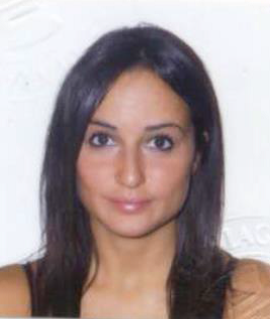Title : Circulating Coding and Long Non-Coding RNAs as Potential Biomarkers of Idiopathic Pulmonary Fibrosis
Abstract:
Background: Idiopathic Pulmonary Fibrosis (IPF) is a chronic degenerative disease with a median survival
of 2-5 years after diagnosis. Therefore, IPF patient identification represents an important and challenging
clinical issue. Current research is still searching for novel reliable non-invasive biomarkers. Therefore, we
explored the potential use of long non-coding RNAs (lncRNAs) and mRNAs as biomarkers for IPF.
Methods: We first performed a whole transcriptome analysis using microarray (n = 14: 7 Control, 7 IPF),
followed by the validation of selected transcripts through qPCRs in an independent cohort of 95 subjects
(n = 95: 45 Control, 50 IPF). Diagnostic performance and transcript correlation with functional/clinical data
were also analyzed.
Results: 1059 differentially expressed transcripts were identified. We confirmed the downregulation of
FOXF1 adjacent non-coding developmental regulatory RNA (FENDRR) lncRNA, hsa_circ_0001924
circularRNA, utrophin (UTRN) and Y-box binding protein 3 (YBX3) mRNAs. The two analyzed non-coding
RNAs correlated with Forced Vital Capacity (FVC)% and Diffusing Capacity of the Lung for carbon monoxide
(DLCO)% functional data, while coding RNAs correlated with smock exposure. All analyzed transcripts showed excellent performance in IPF identification with Area Under the Curve values above 0.87; the most outstanding one was YBX3: AUROC 0.944, CI 95% = 0.895-0.992, sensitivity = 90%, specificity = 88.9%, p-value = 1.02 × 10-13.
Conclusions: This study has identified specific transcript signatures in IPF suggesting that validated transcripts and microarray data could be useful for the potential future identification of RNA molecules as non-invasive biomarkers for IPF.


